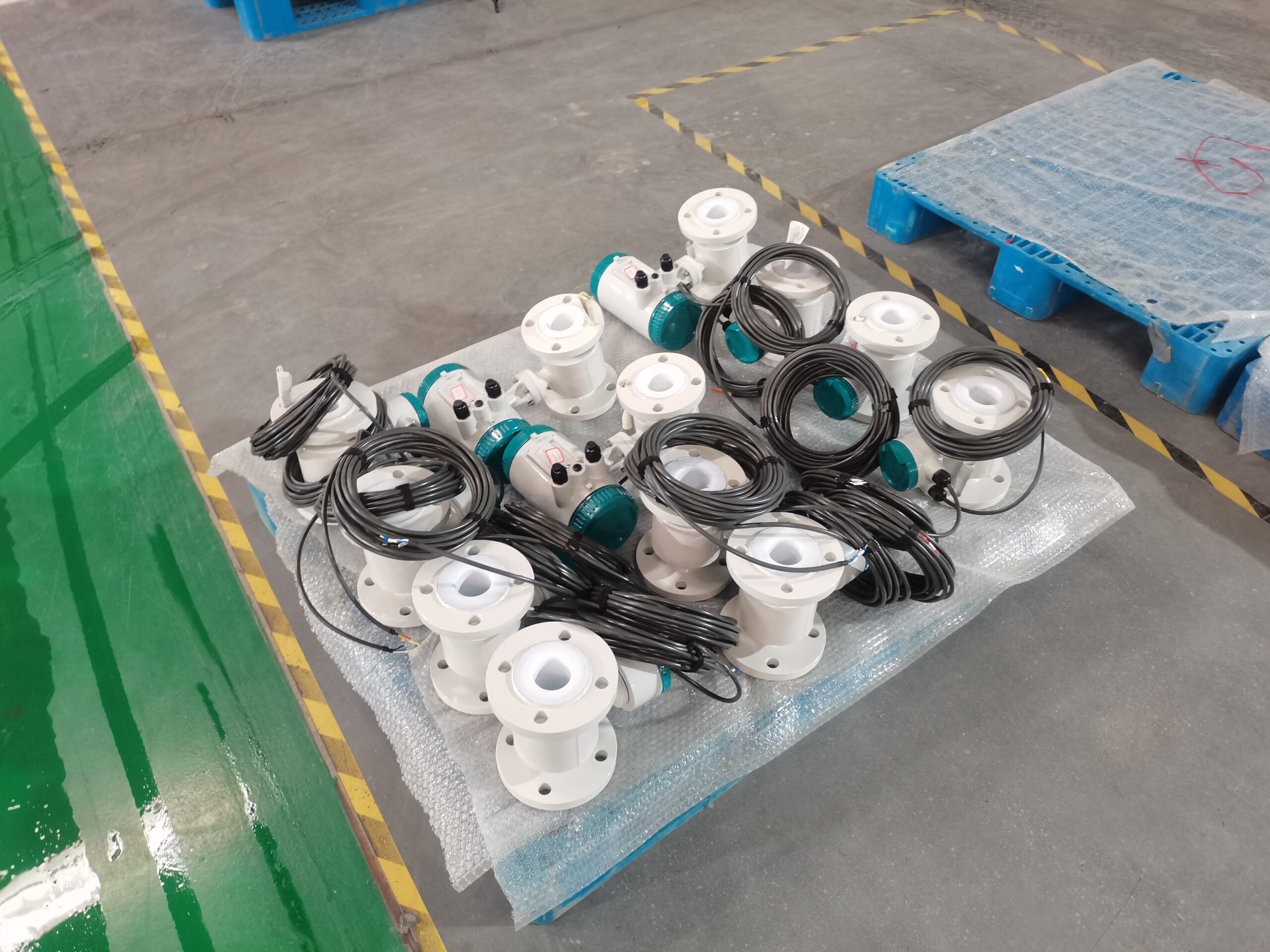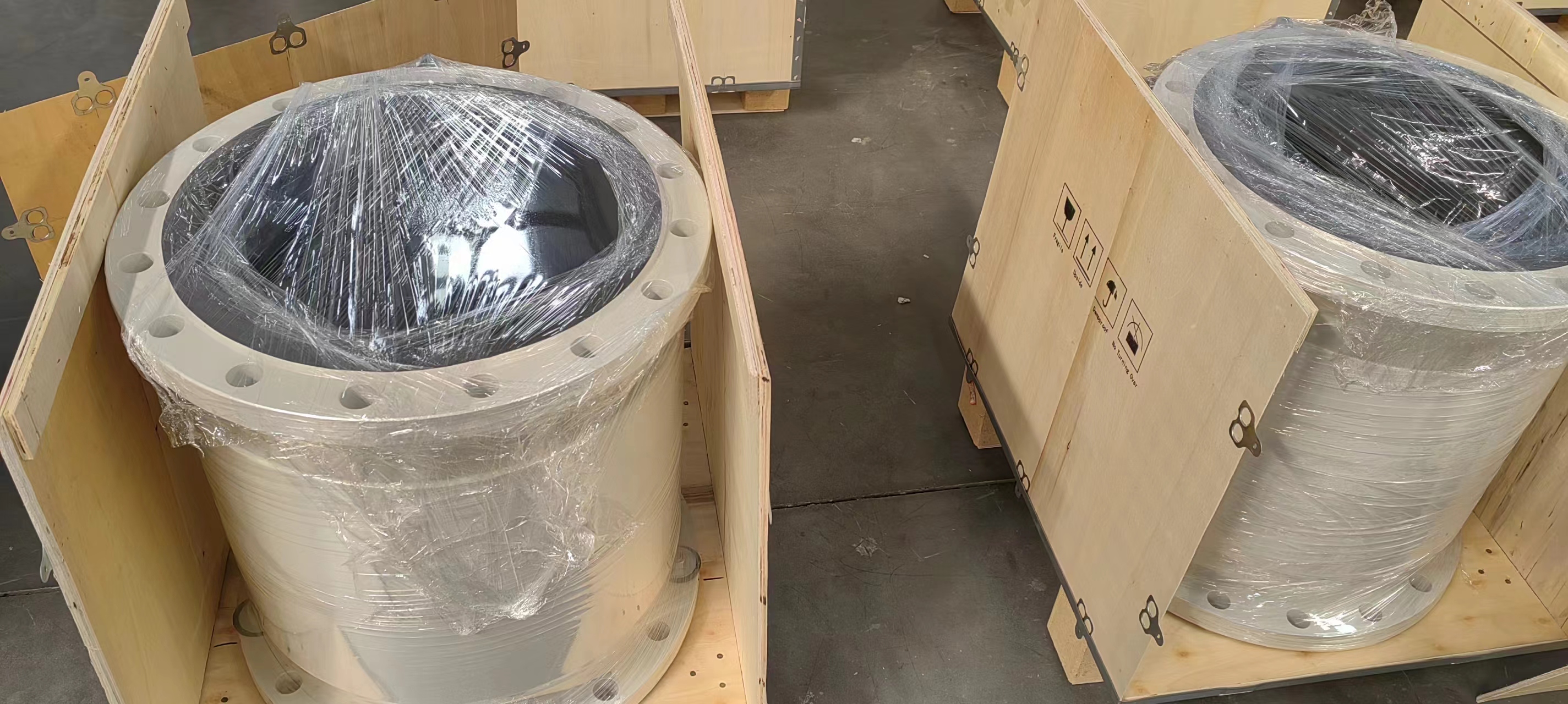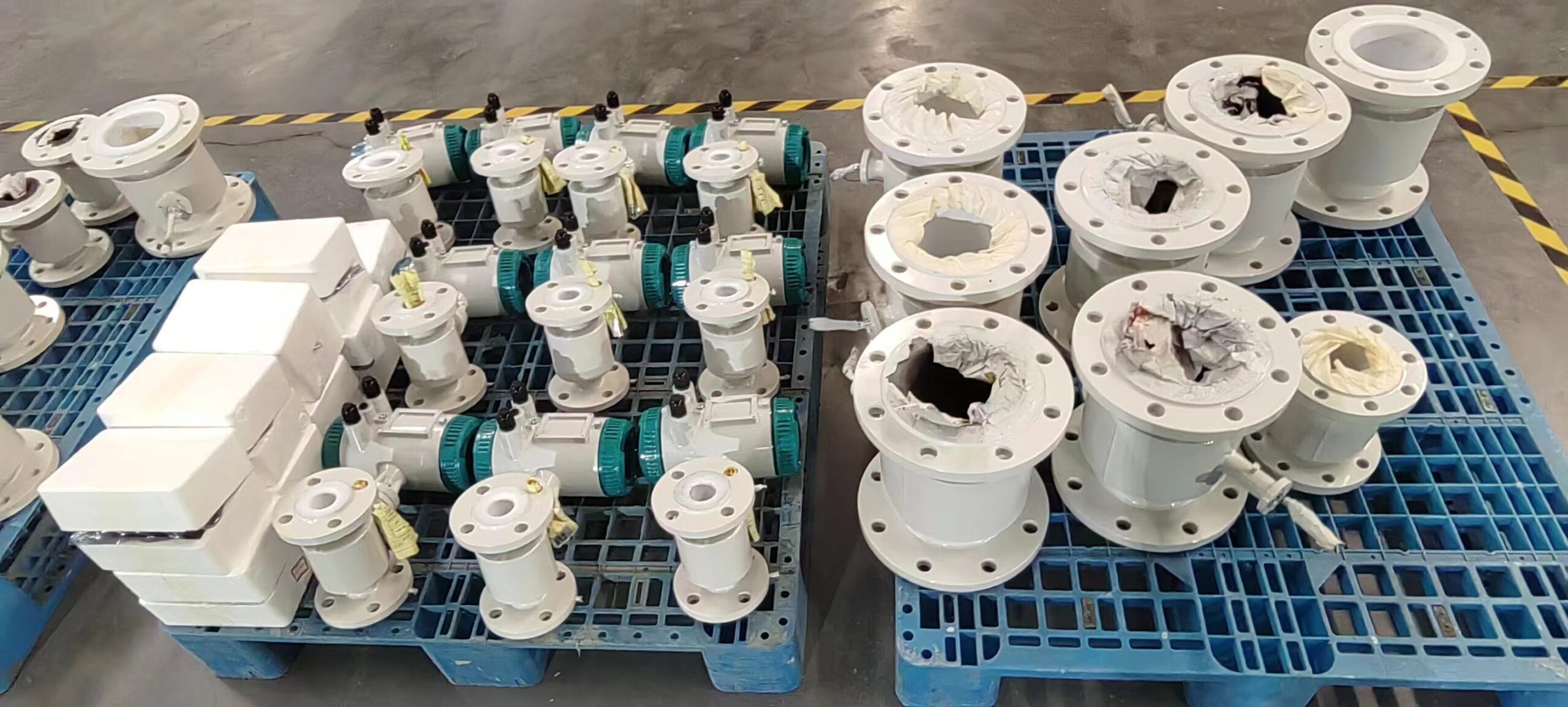What are the advantages and disadvantages of electromagnetic flowmeters
The output of the electromagnetic flowmeter is only proportional to the average flow rate of the measured medium and is independent of the flow state (laminar or turbulent) under symmetrical distribution. Therefore, the measurement range of electromagnetic flowmeters is very wide, with a measurement range ratio that can reach 20:1, and in some cases, it can even reach 100:1.
2. The diameter range of industrial electromagnetic flowmeters is extremely wide, ranging from a few millimeters to several meters. The domestic diameter reaching 3 meters has laid a foundation for the application and development of electromagnetic flowmeters.
3. The sensor structure of the electromagnetic flowmeter is simple. There are no moving parts or throttling parts in the measuring tube to impede fluid flow. Therefore, when the fluid passes through the flowmeter, no additional pressure loss will be caused. It is one of the flowmeters with the lowest energy consumption among them.
4. Electromagnetic flowmeters have no mechanical inertia, are highly sensitive, and can measure instantaneous pulsating flow as well as flow in two directions.
5. It can measure the flow of dirt media, corrosive media and suspended liquid solids. This is because there are no flow-blocking components inside the instrument’s measuring tube. The contact with the measured fluid is only the lining of the measuring tube and the electrodes, whose materials can be selected according to the nature of the measured fluid. For instance, with polytrifluoroethylene or polytetrafluoroethylene as the lining, various corrosive media such as acids, alkalis and salts can be measured. Wear-resistant rubber linings are particularly suitable for measuring solid particles, highly abrasive slurries, cement slurry, and various fibrous liquids and pulps.
6. An electromagnetic flowmeter is a volumetric flow measurement instrument. During the measurement process, it is not affected by the conductivity (within a certain range), the temperature, viscosity and density of the medium being measured. Therefore, electromagnetic flowmeters are only used to measure the flow of other conductive liquids after water calibration.
The main defects of electromagnetic flowmeters:
It cannot be used to measure gases, vapors and liquids containing a large amount of gas.
2. It cannot be used to measure liquid media with very low electrical conductivity. At present, electromagnetic flowmeters are powerless against media such as petroleum products or organic solvents.

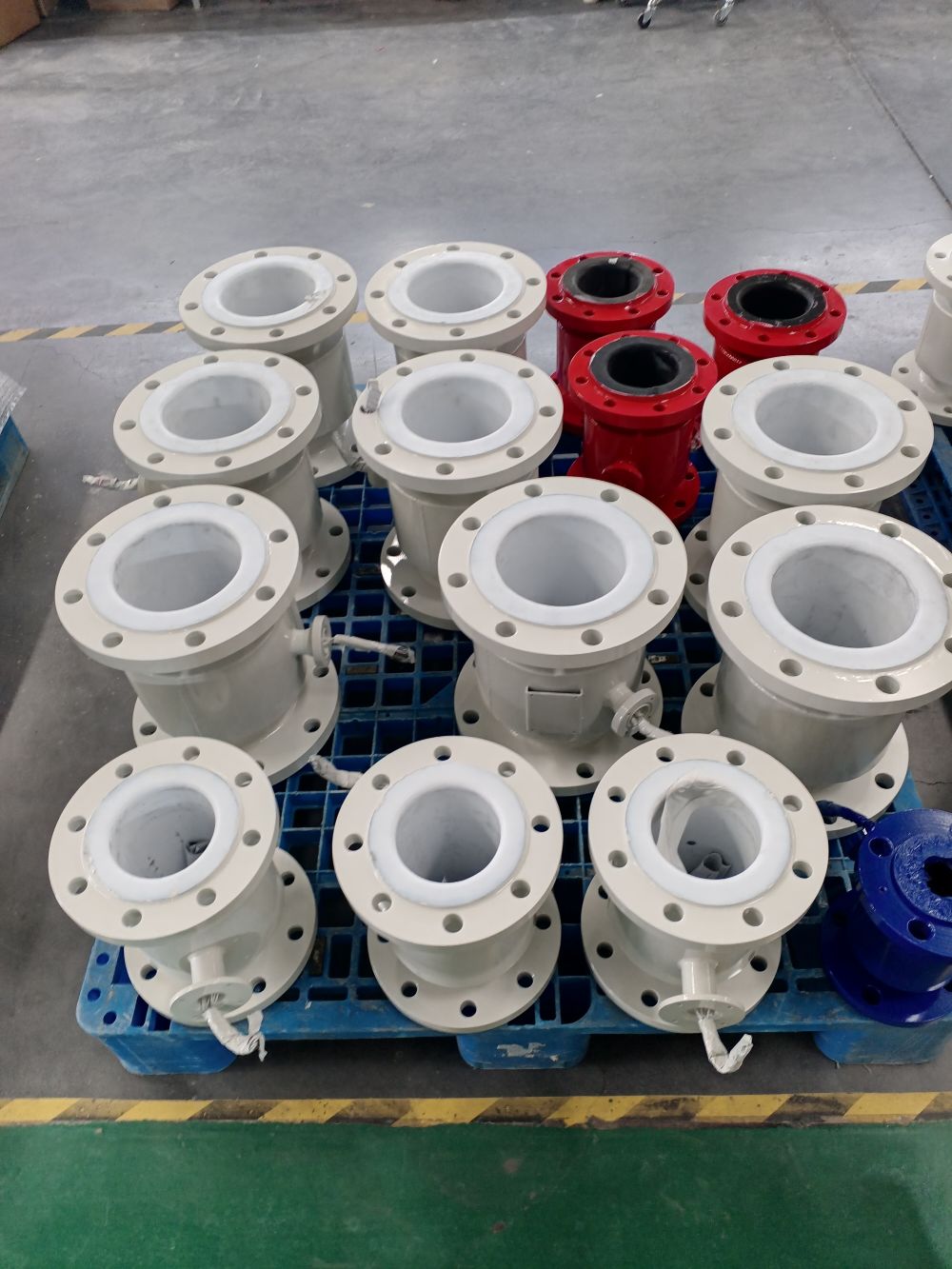
-.jpg)
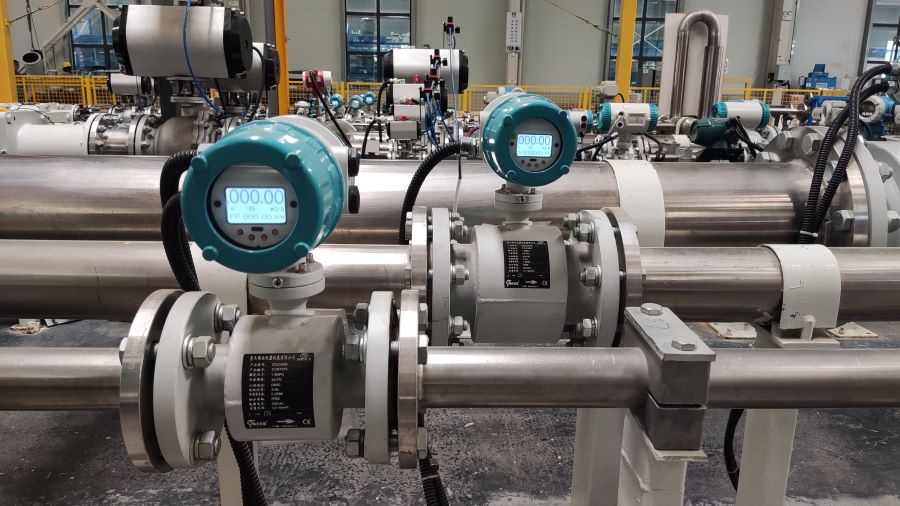
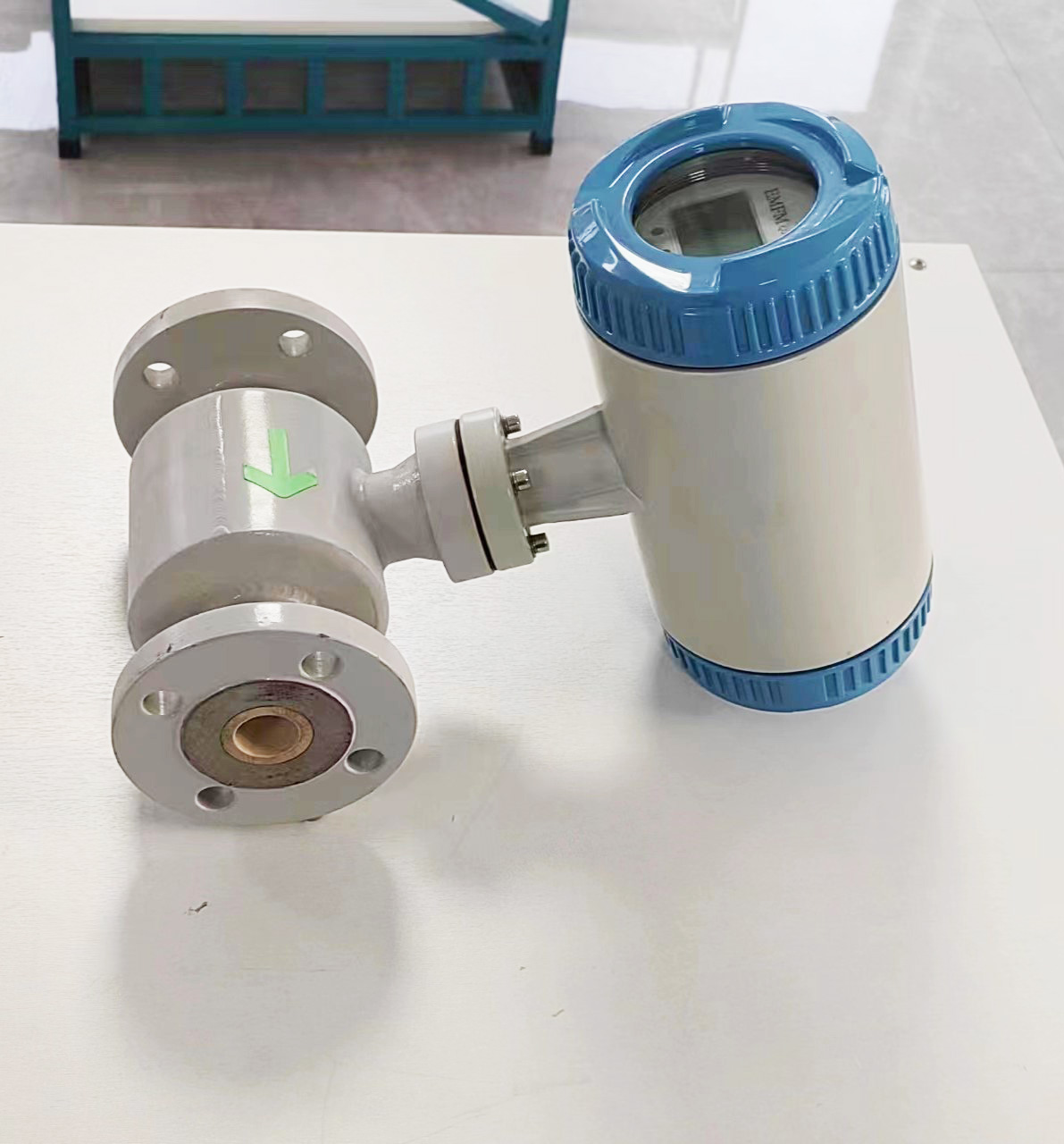
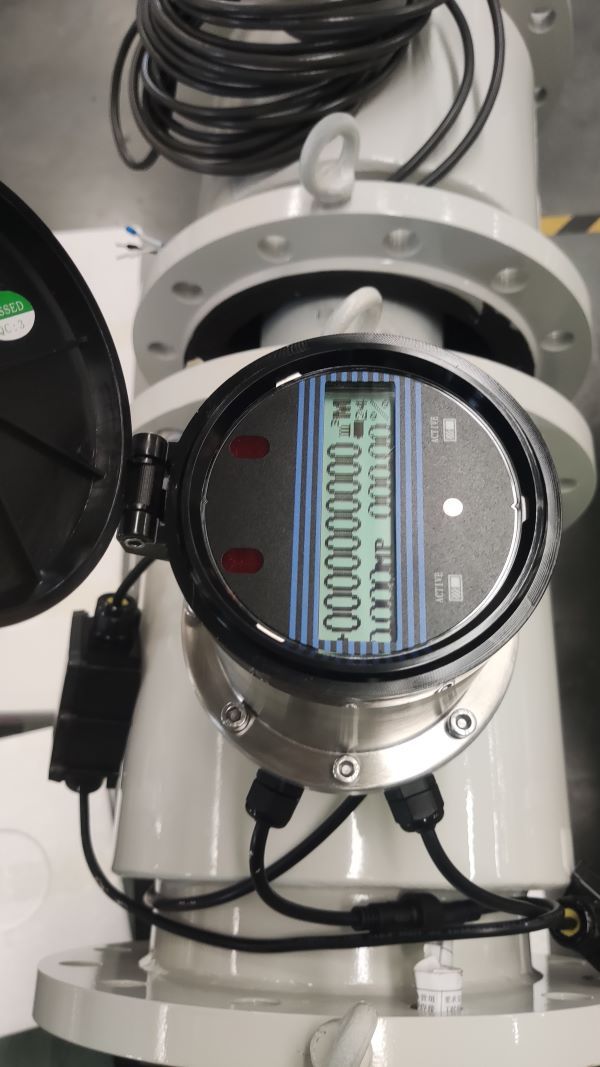
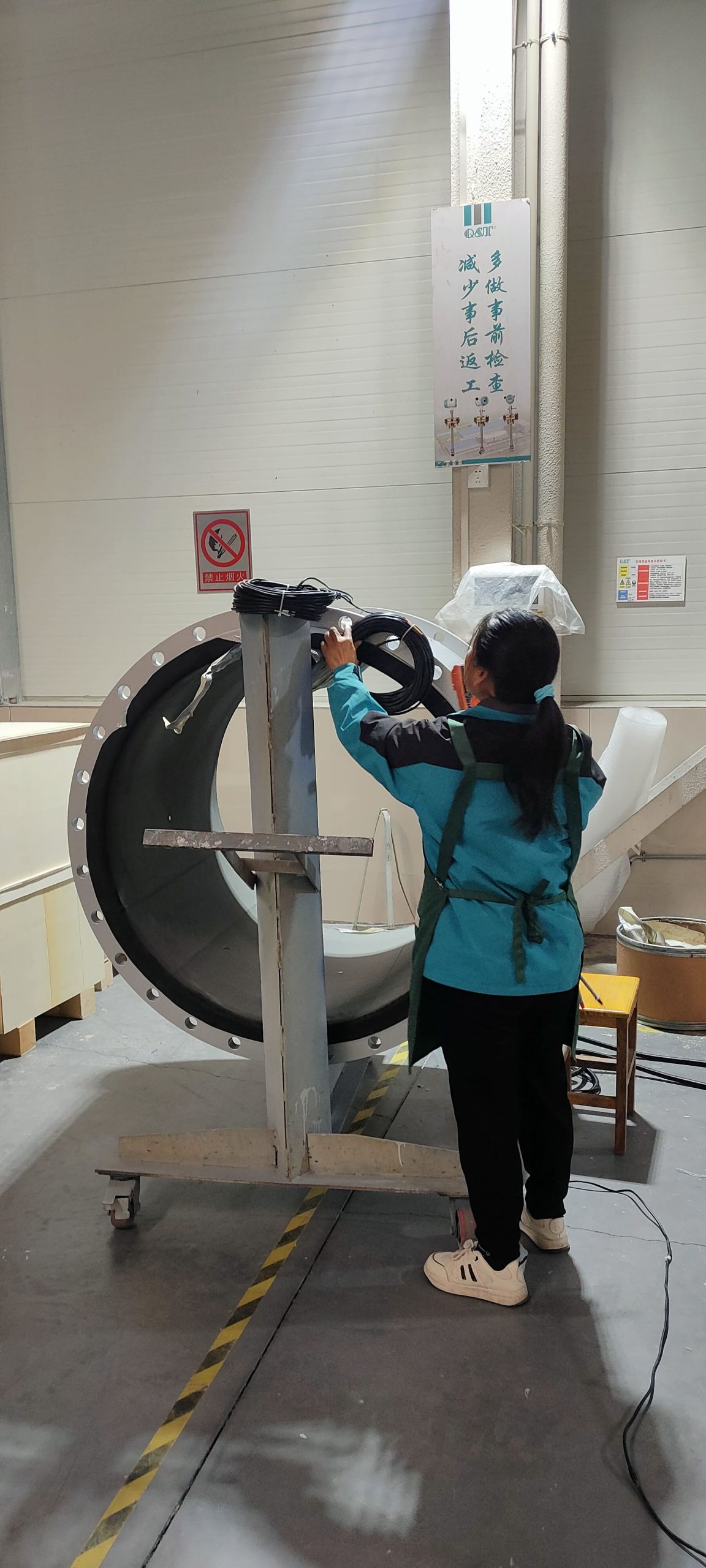


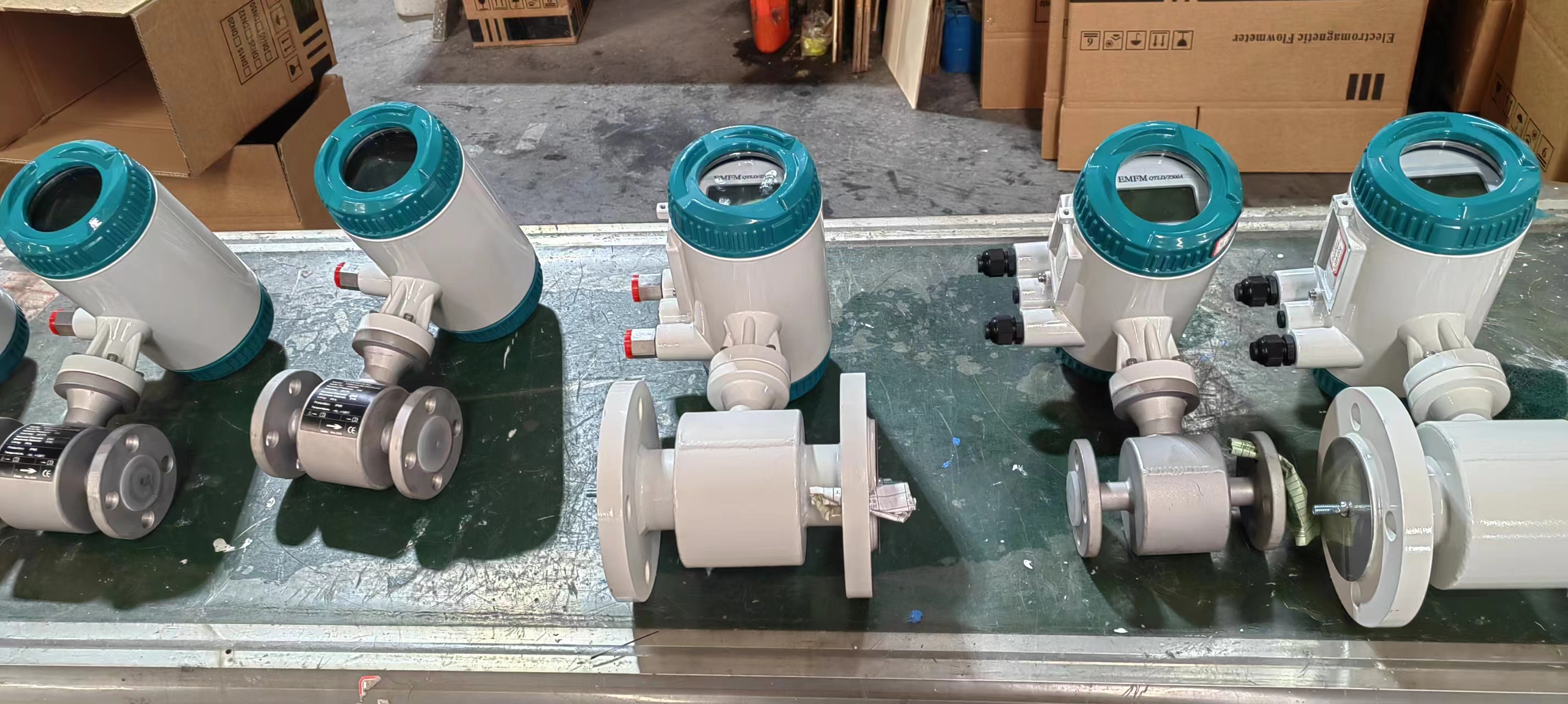
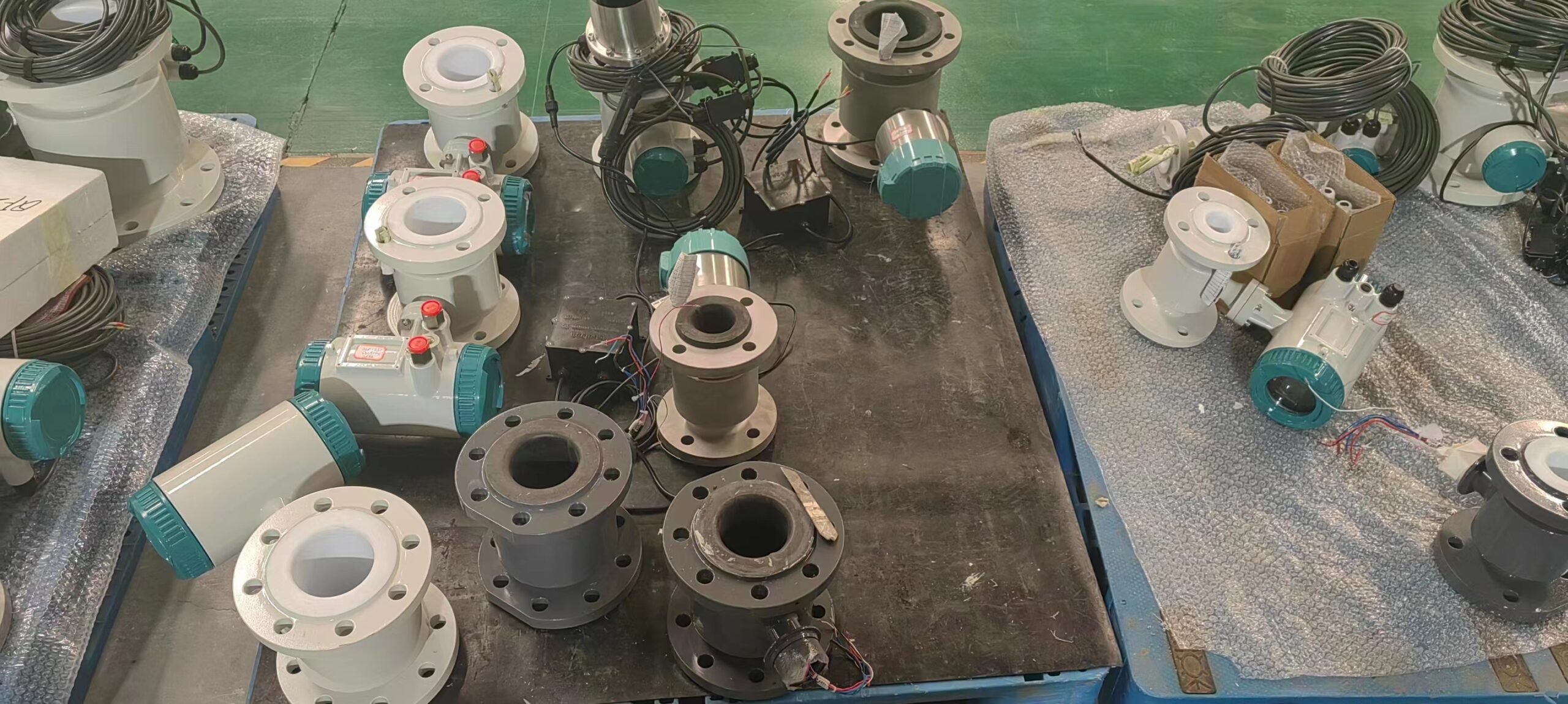
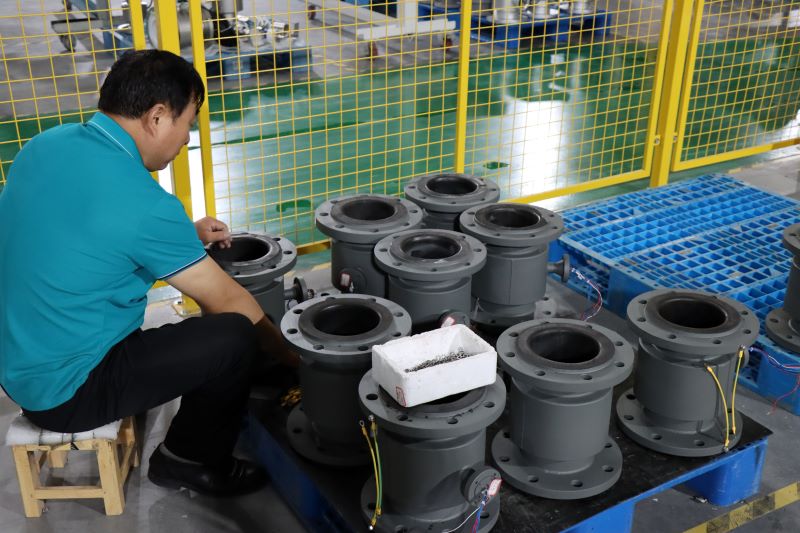

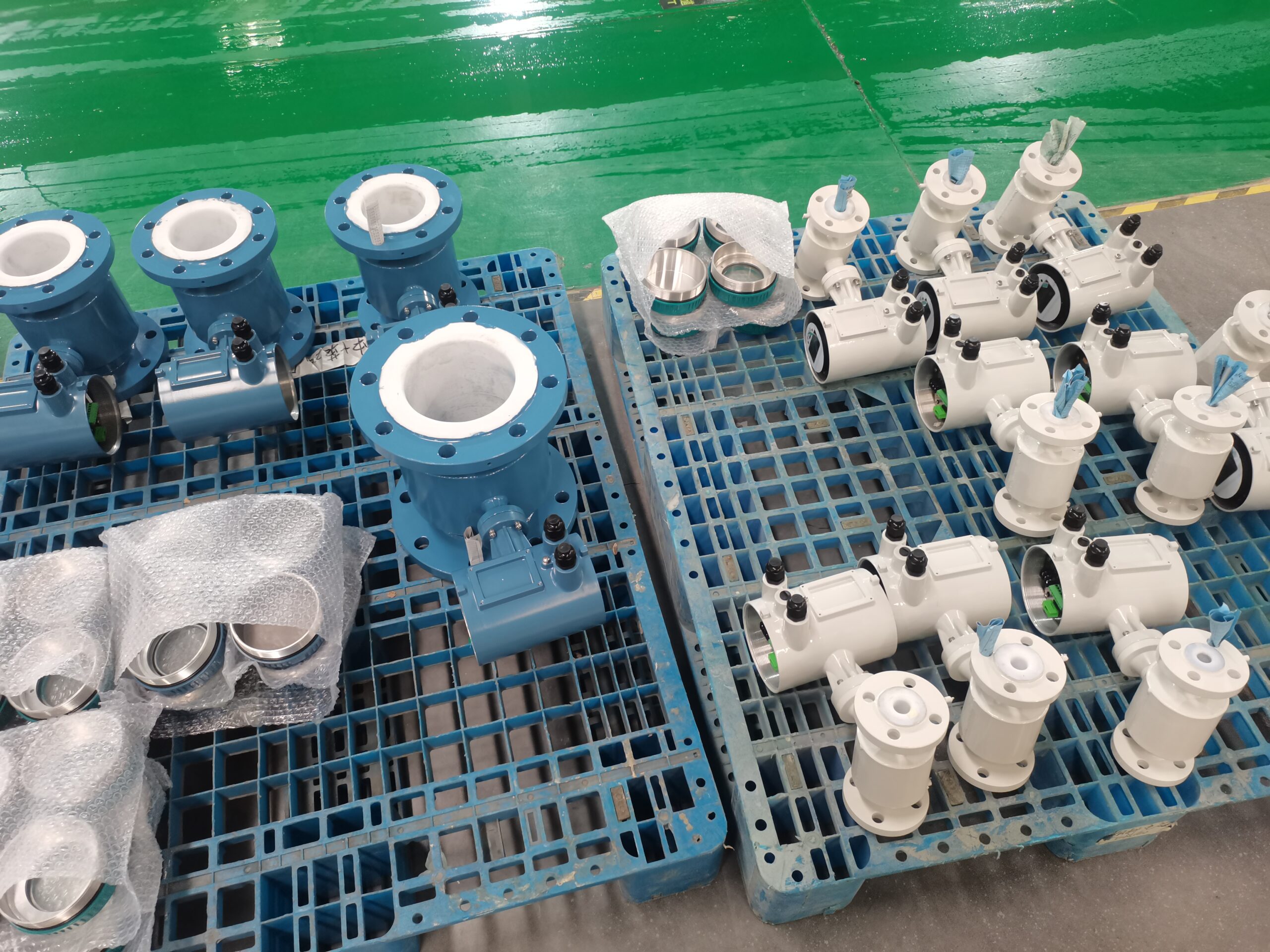
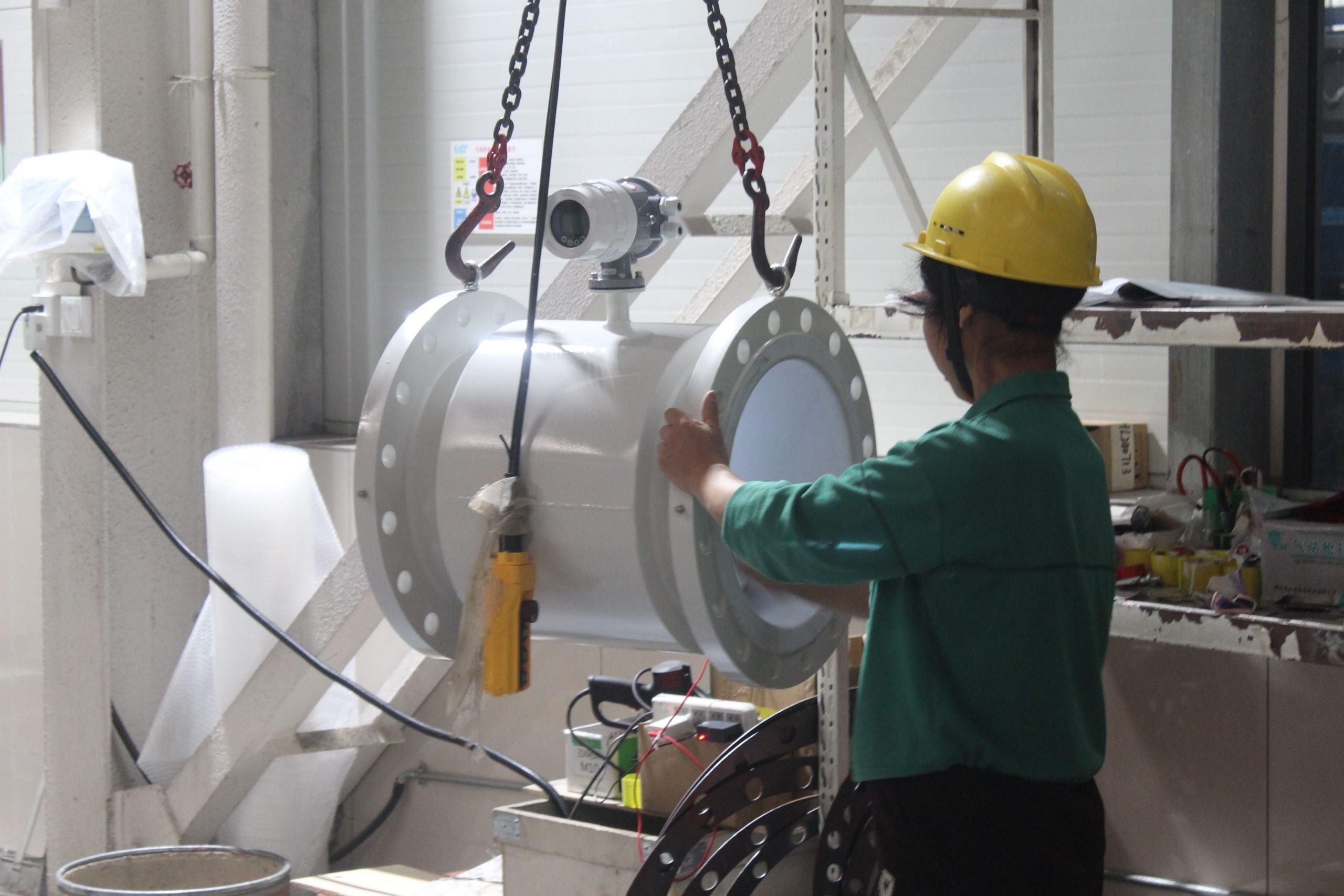
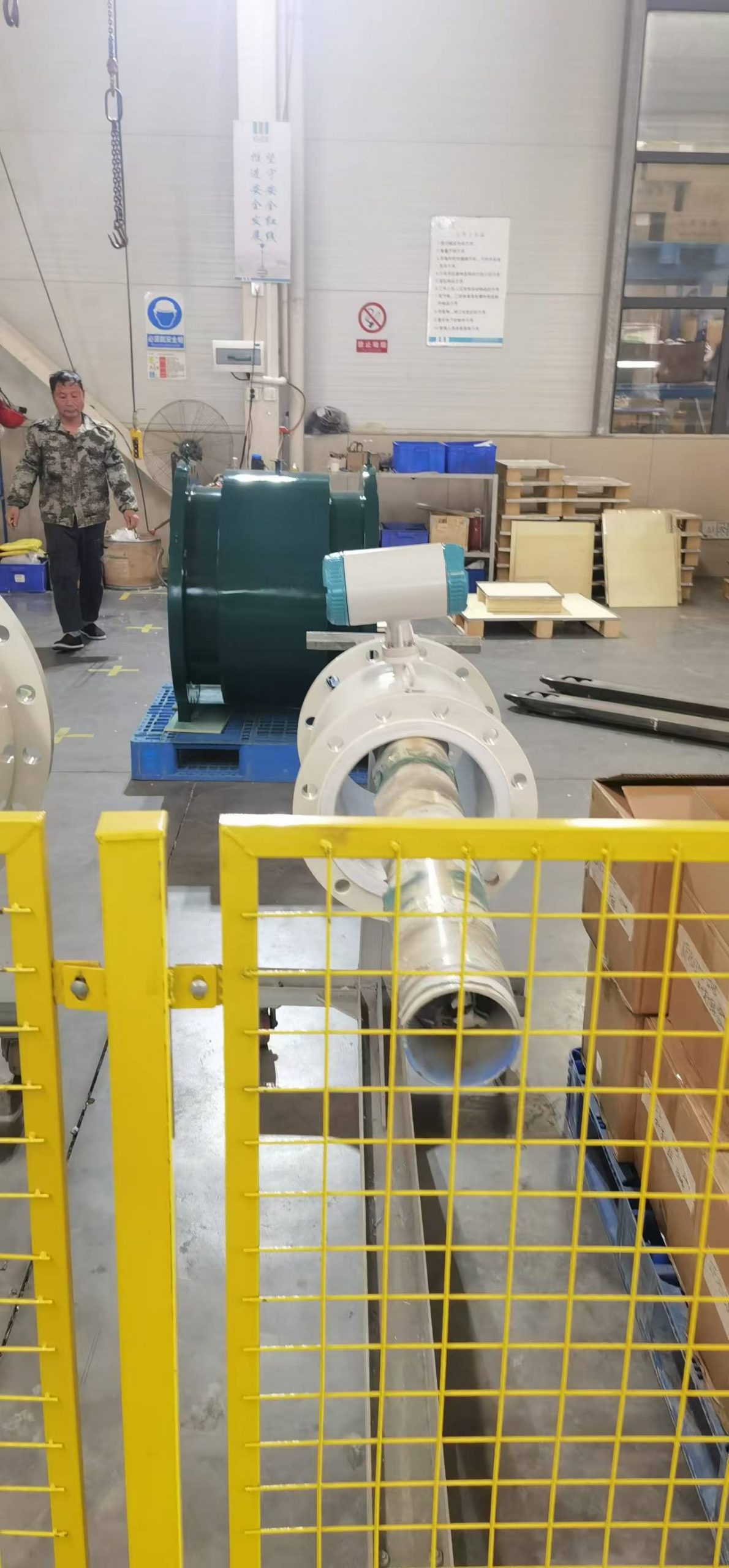

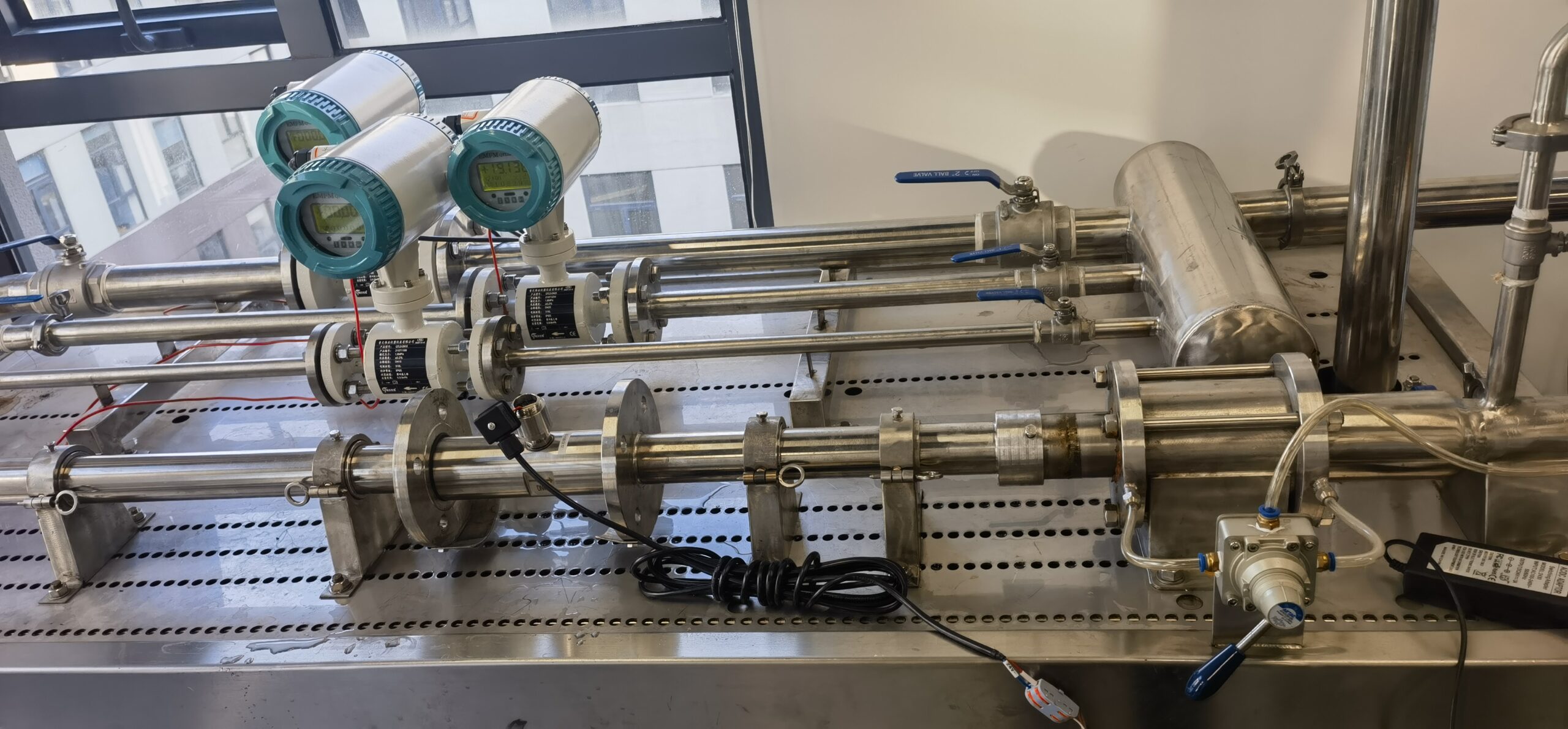
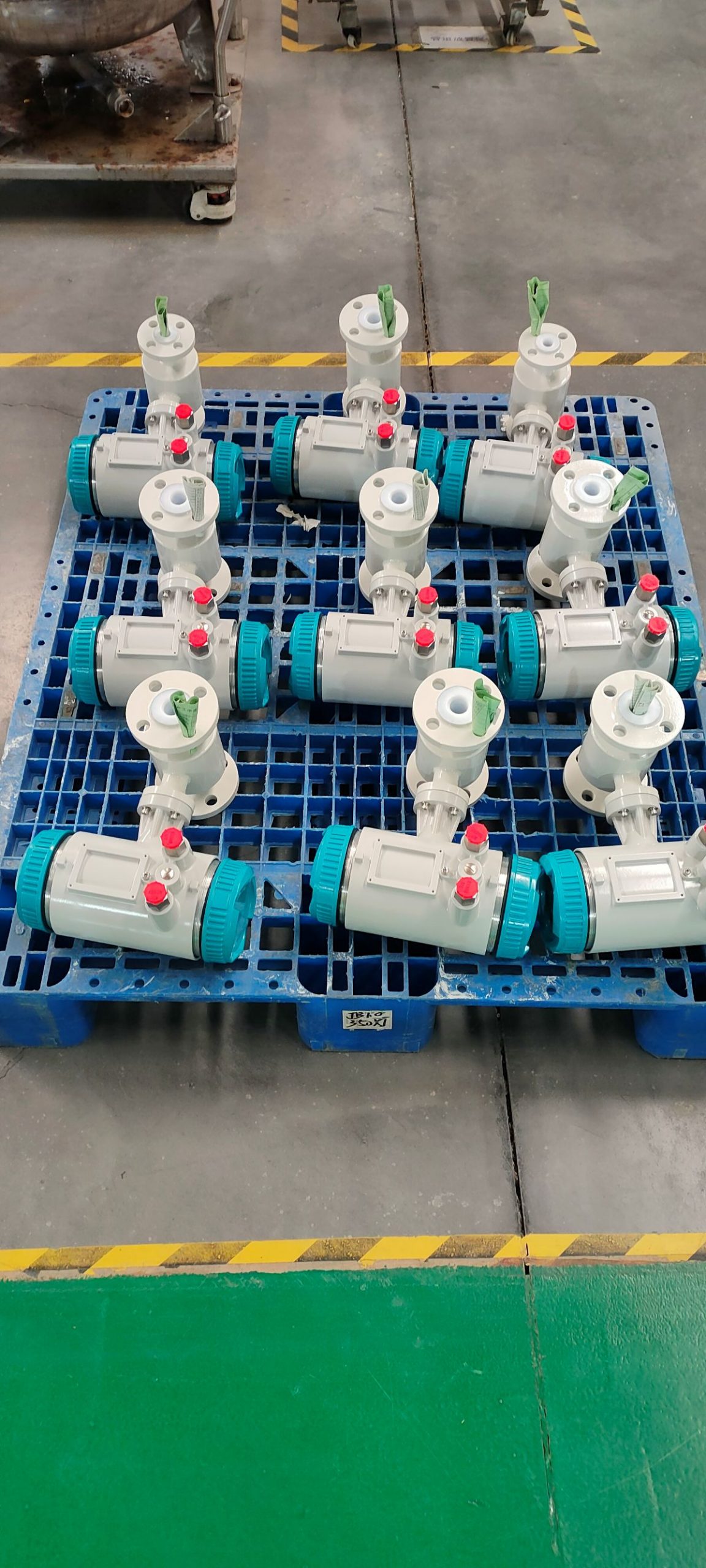
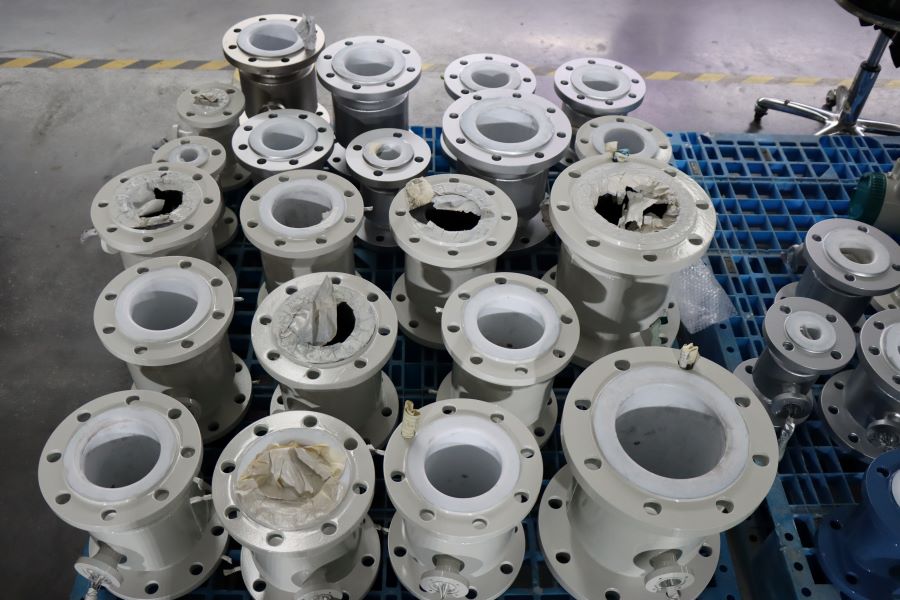
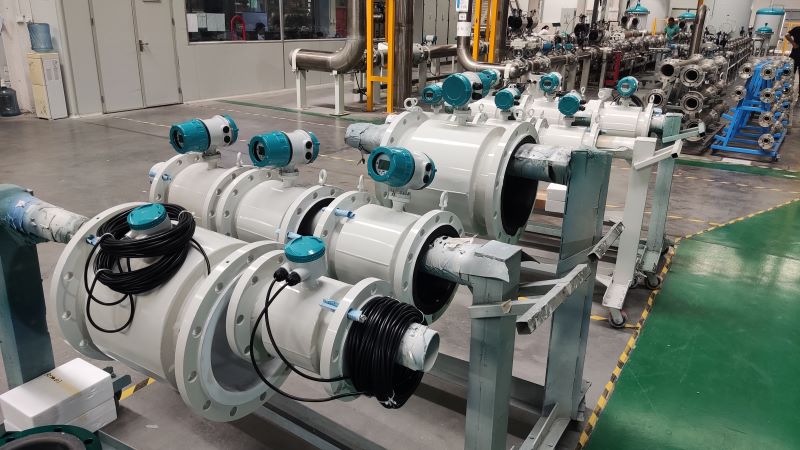
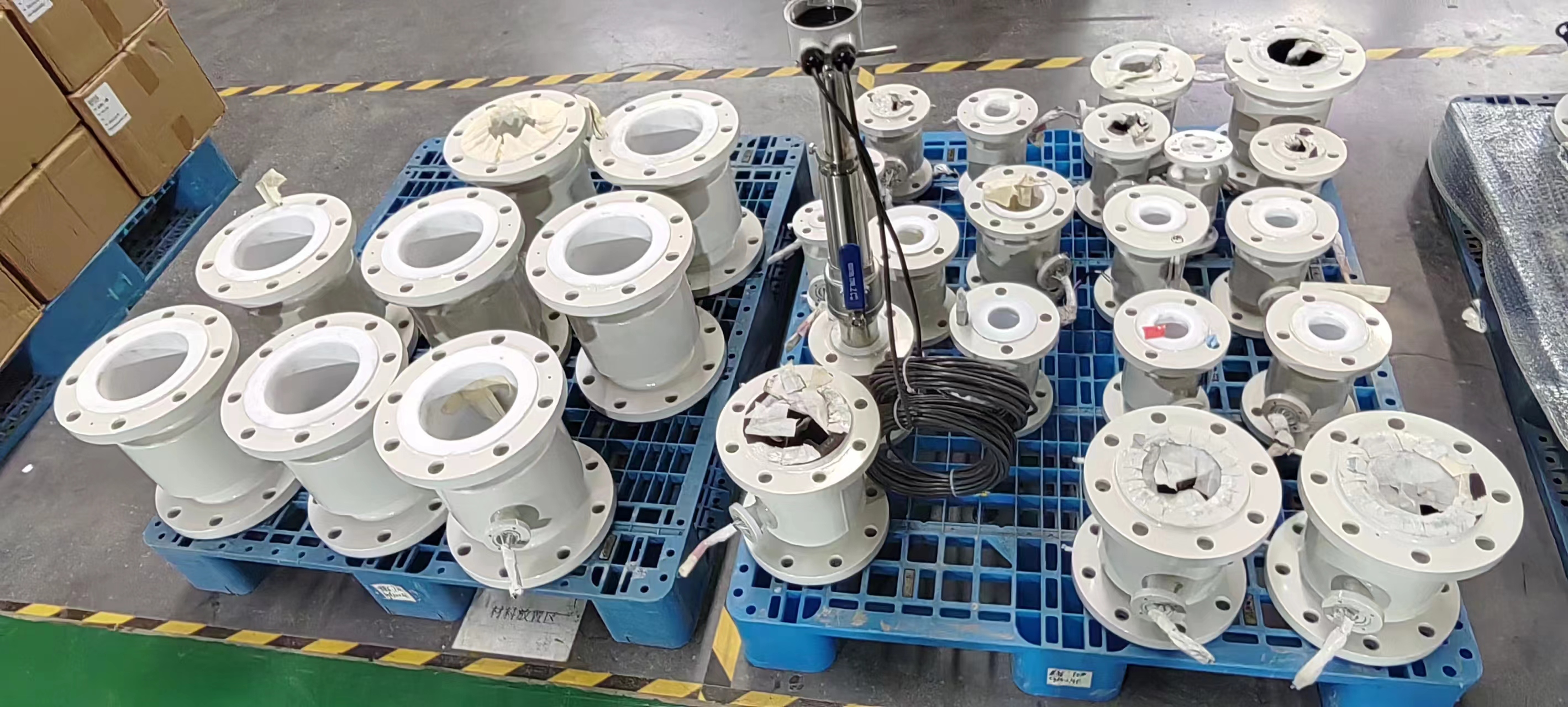
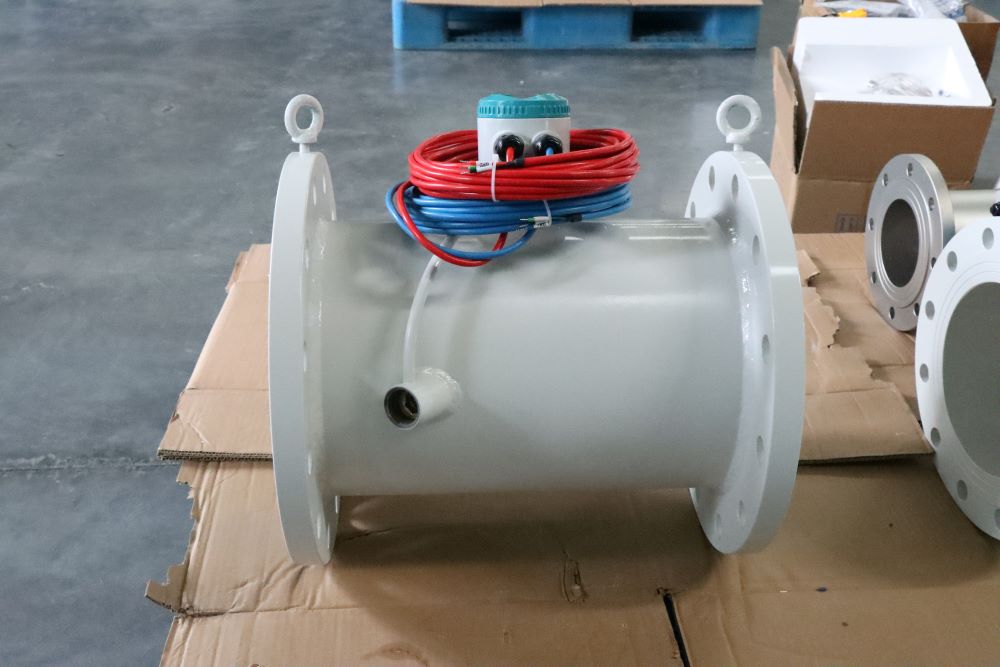
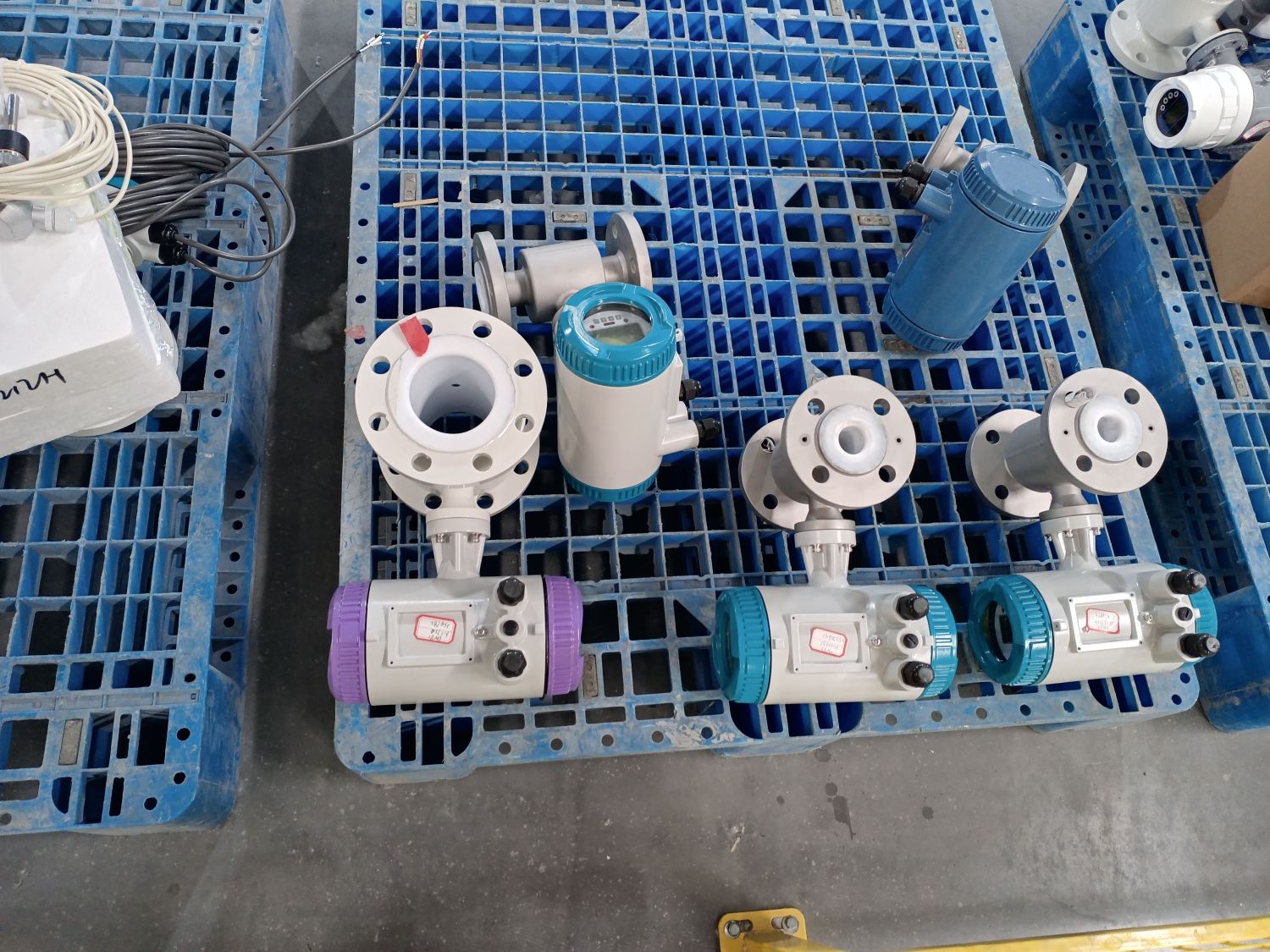
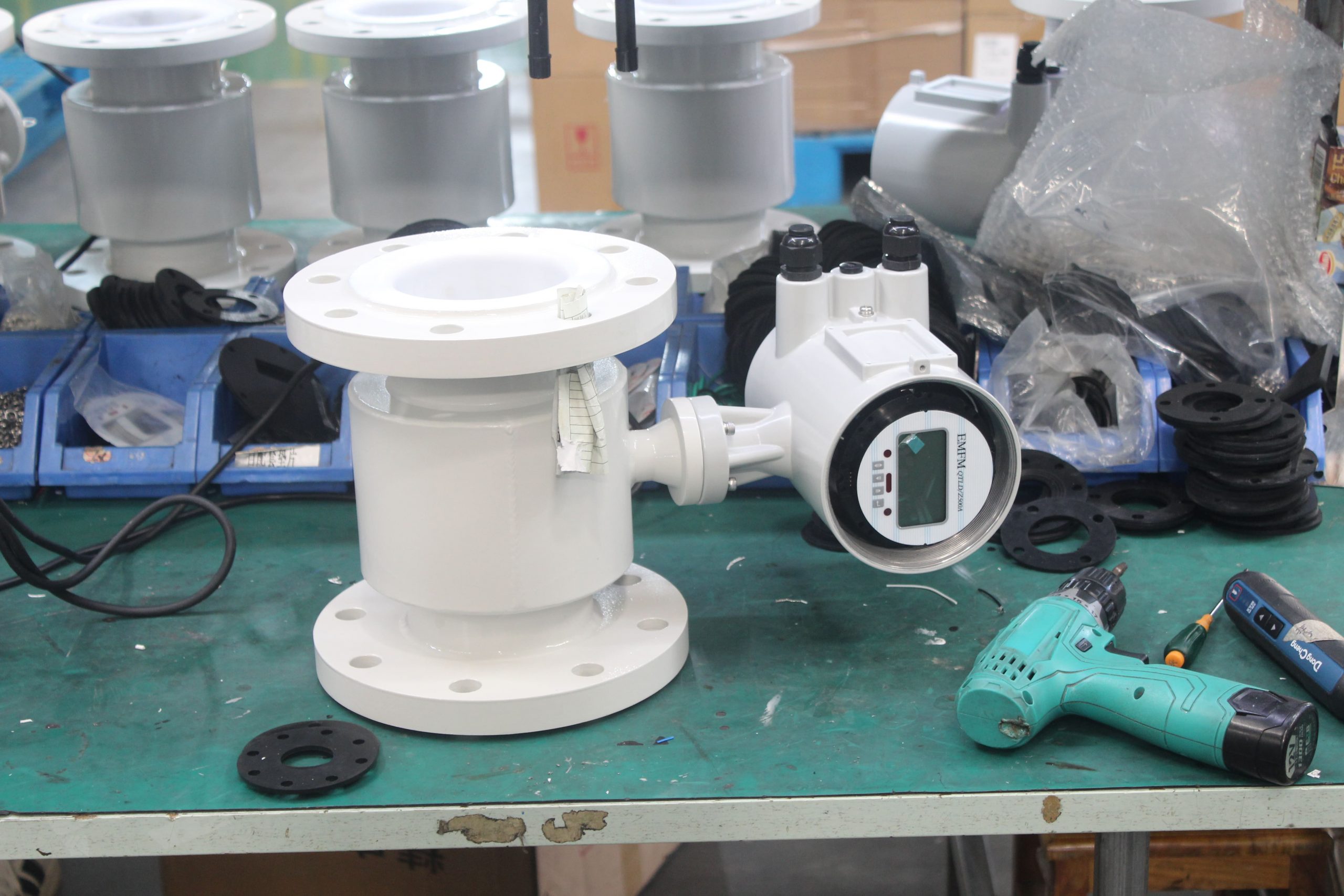


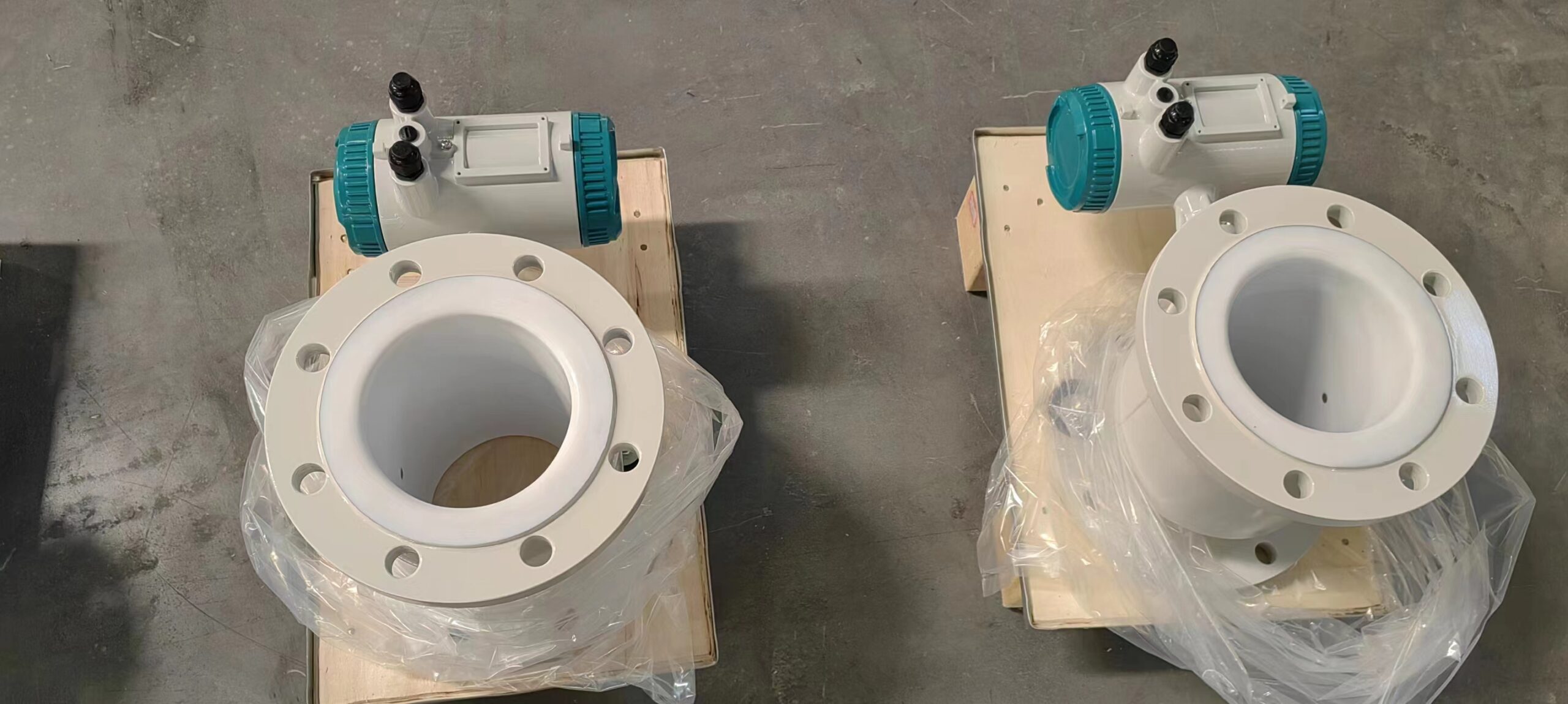
-.jpg)
